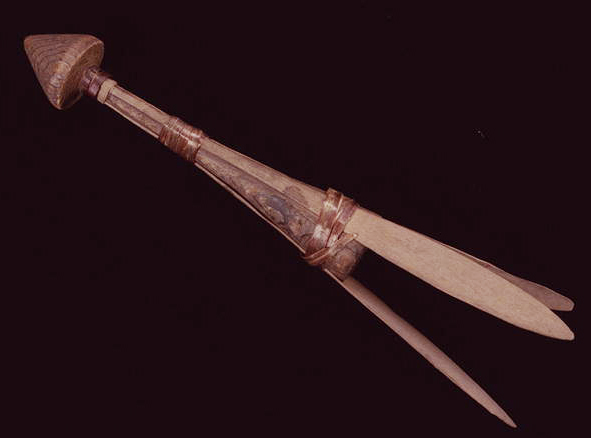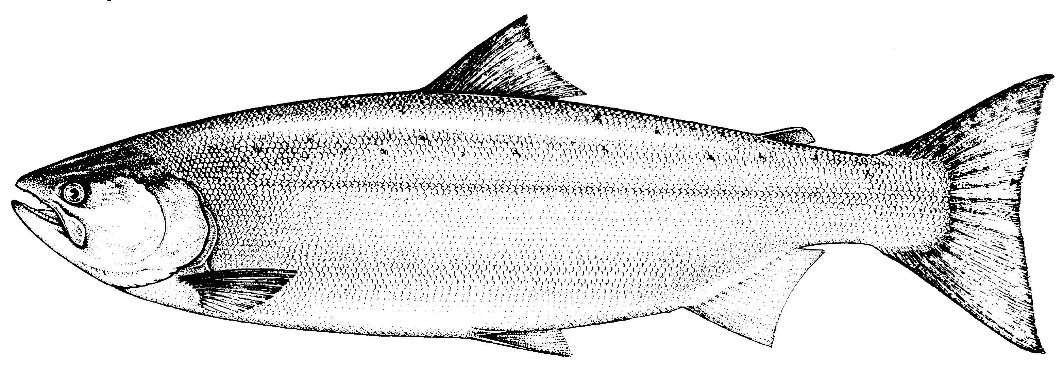
By Grant Keddie The shuttle-cock lure and spear, was a unique form of technology used to catch mostly the larger lingcod and rockfish. The fisherman used this device at low tide from anchored canoes or rock points that overlooked kelp beds. The lure would be pushed down deep with a separate pole that was quickly pulled away from it. The lure then spun toward the surface, the fish darted after it and was speared when it came near the surface. The spear was 4.5 to 6 meters long. It consisted of two or three, unbarbed, fir shafts on the end. The shafts were about 4cm thick, 46cm long and about 10 cm apart at their tips (Swan 1870; Jennes 1934-35; … Continue reading “The Shuttle-cock Lure. Fishing around the Salish Sea”
